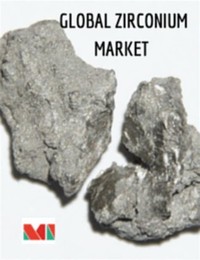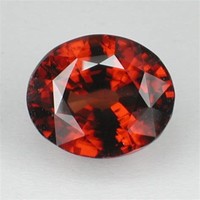Facts about Zircon

Zircons contain amounts of uranium and thorium (from 10 parts per million (ppm) up to 1 percent by weight) and can be dated using modern analytical techniques.

The average size of zircon crystals, as in granite rocks, is about 100–300 micrometers (µm), but they can also grow to sizes of several centimeters, especially in pegmatites.

Large specimens of zircon are appreciated as gemstones, because their refractive index is relatively high—around 1.95 (by comparison, the refractive index of diamond is around 2.4).

The pervasive occurrence of zircon has gained in importance since the discovery of radiometric dating.

Zircon is a mineral belonging to a subgroup of silicate minerals called nesosilicates.

Commercially, zircons are mined for the metal zirconium, which is used in abrasives and insulating materials.

The oldest minerals found so far are zircons from Jack Hills in the Narryer Gneiss Terrane, Yilgarn Craton, Western Australia, with an estimated age of 4.404 billion years.

The color of zircons that do not have gem quality can be changed by heat treatment.

Zircon is found in igneous rocks (as primary crystallization products), metamorphic rocks, and sedimentary rocks (as detrital grains).



